East Coast Earthquake: After Action Report
East Coast Earthquake: After Action Report
I’m sitting at my desk as I feel the floor gently ‘bounce.’ I work on the 11th floor of an office building in downtown Washington DC. Being at the top of the building and next to a small bridge, it’s not uncommon to feel small ‘shutters’ of movement as a large truck passes by.
Was this a truck? An earthquake? An explosion? The bounce subsided for a few moments as my coworkers and I stood and stared blankly at each other.
I typed to a friend on Skype:
“i think were having an earthquake”
Just as we were trying to figure out what it was that we felt, much larger vibrations were now starting to hit, and hard. The ceiling tiles began to shake and it sounded as if loose nuts and bolts were being dropped on top of them. I turned to my right and through the conference room window I saw the building next to ours shaking. The glass made sounds like it was going to buckle under stress.
Then all of a sudden, everything was still. The low rumble was gone. The building once again completely stable. Unsure of what happened and not wanting to stick around to find out, my coworkers and I evacuated the office to regroup on the streets outside.
One more quick message on Skype:
“gotta go”
All I had to do was zip up my bag and head for the stairs. That’s it. Because I try to pack for every situation, there was no scrambling to assemble things. I left my computer behind, with every application still running. It would have just weighed me down and my data is already saved in multiple places (Evernote, Dropbox, etc.).
Freedom Plaza, Washington DC; taken by Jeffrey Levy.
Everyone on the street immediately tried calling loved ones but the voice network for our cell phones were down. I immediately sent my wife a text which seemed to work and then turned to Twitter. It turns out it wasn’t just DC, but almost the entire East Coast felt it. This was a real earthquake (5.8) and knowing the facts afterwards, it was the largest in this area since 1897.
My neck of the woods was relatively untouched but closer to the epicenter there were some buildings affected and chimneys knocked down. Actually, a picture frame at my house fell but that’s it.
Preparation
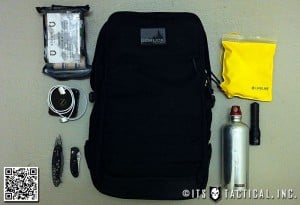 Because I don’t live or travel in an earthquake prone location, I only carry and know the very basics when it comes to preparing for one. With that said, I have designed my most basic ‘everyday carry’ to cover a large variety of situations.
Because I don’t live or travel in an earthquake prone location, I only carry and know the very basics when it comes to preparing for one. With that said, I have designed my most basic ‘everyday carry’ to cover a large variety of situations.
Below is a list sharing some of the items I had with me ready to go. This is also what I carry on a daily basis.
- Sturdy bag
- First Aid kit
- Basic ‘boo boo’ stuff with band-aids and what not.
- ETA Kit
- If there were more damage and lives at stake, a true blow out kit would be needed.
- Survival Kit
- Pocket sized and includes everything I need to get home if I have to walk the 10 miles.
- Pocket knife
- I carry a Benchmade Mini-Griptilian. A very strong and capable little blade.
- Multi tool
- Pliers can be extremely useful, especially in an urban environment.
- Flashlight
- What if I were trapped under rubble or even on the Metro (subway) when the earthquake hit?
- Water
- In my bag you’ll almost always find at least a one liter bottle of water.
- Food
- Just a few snacks.
- Backup cell phone battery charger
- Just because voice networks were down, texting and tweeting runs the battery down fast.
- Sturdy shoes/boots
- Had there been significant damage, boots would offer great protection.
Don’t use my list as a rule but as something to give you ideas on. Work on developing an EDC that works specifically for you.
Also, our West Coast readers will most certainly laugh at us for making so much noise about a quake under 6.0 but this was my, and many others first earthquake. Being 11 stories up and feeling everything shifting and groaning was an intense experience. I’m just glad that’s all it was.
Further Reading
Here are some past articles that you should really take the time to revisit:
- Preparedness Lifestyle vs Preparedness Event
- Every Day Carry Planning Series
- How Blow Out Kits Saved Lives in Tucson and Why You Should Carry One
- Three Seconds. Three Minutes. 30 Minutes. Are You Prepared?
- 12 Things You Need In Your Vehicle Emergency Kit
- Pocket Survival Kit Review Series
- Evacuation Strategies and Emergency Kits for Staying Alive
- Can You Physically Save Yourself
- 42 Grunt Tips & Tactics for Your Toolbox when the SHTF
Please feel free to leave a comment with ideas on how to prepare so we can help inform as many people as possible about this. What’s in your ‘go bag’ or what do you carry every day in case something like this happens?
– Thanks Josh for asking about a debrief on this.







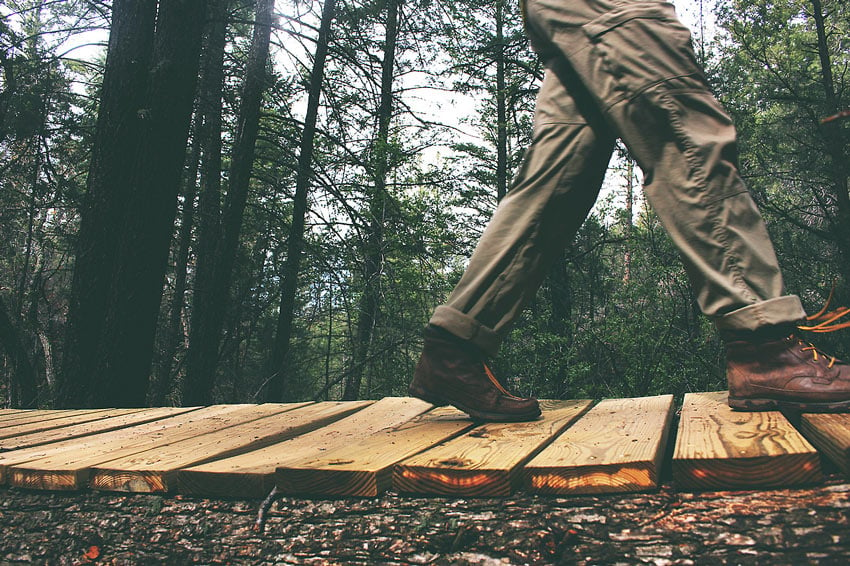
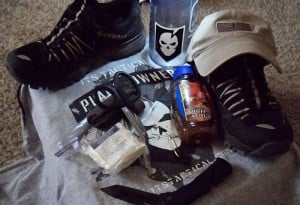
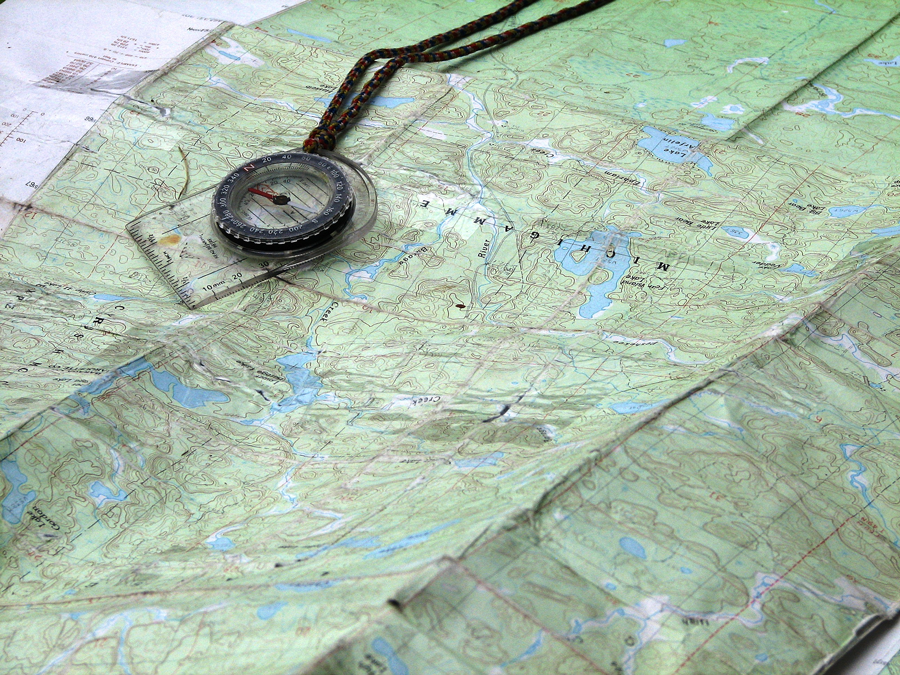
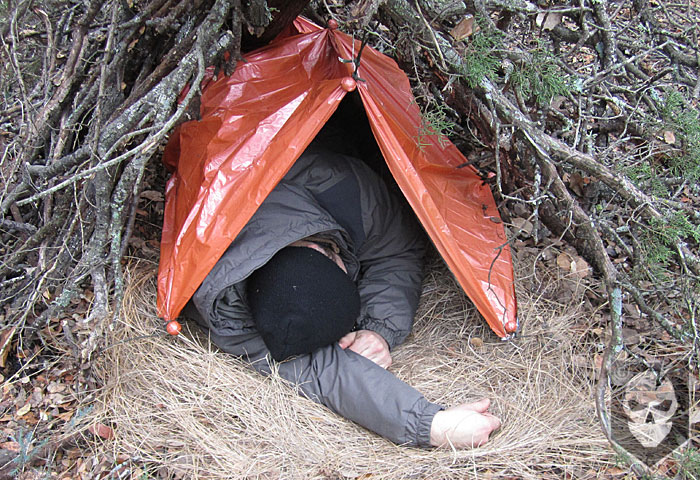

Discussion